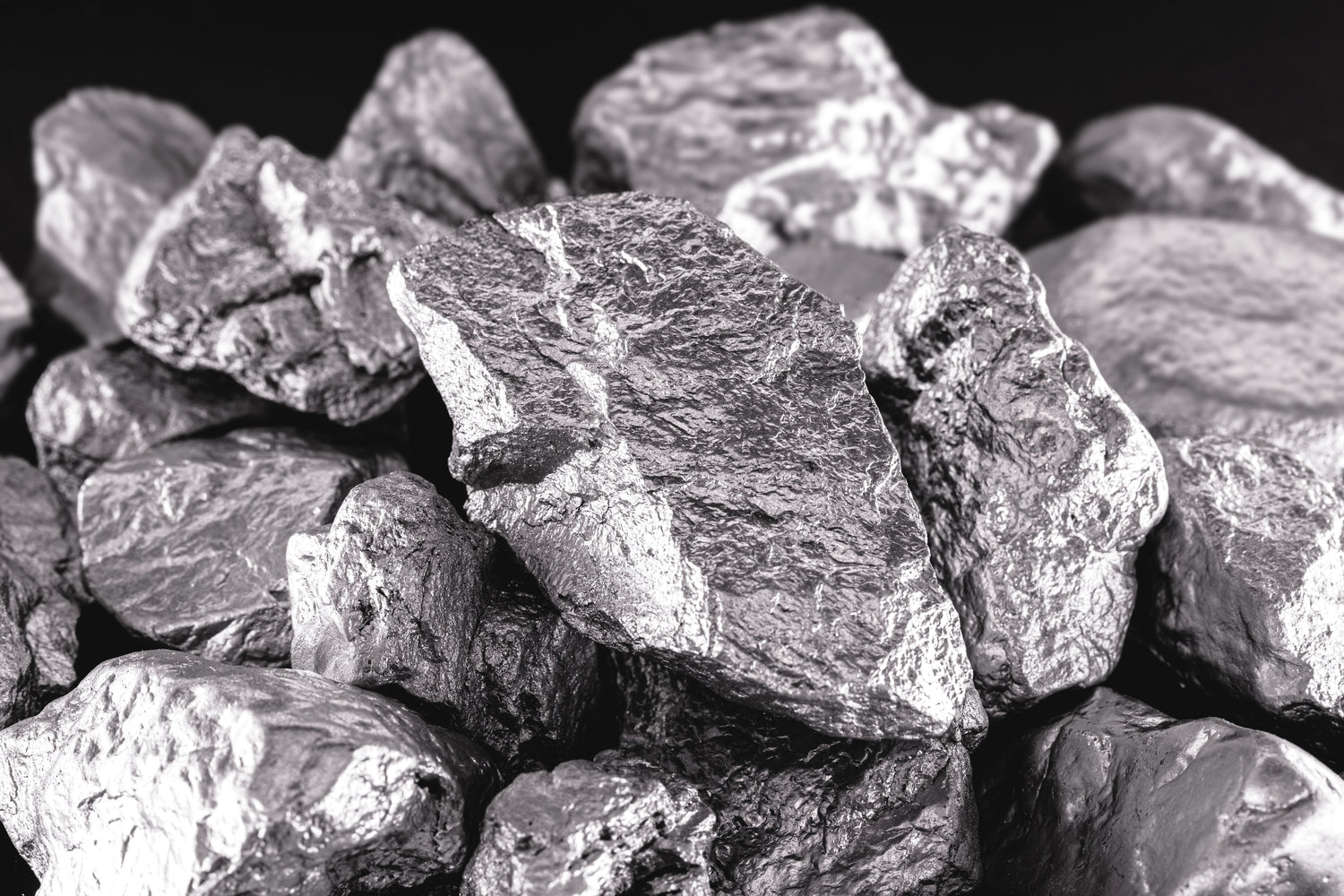Since the skin is the largest organ in the body, it should go without saying that every precaution should be taken to keep it safe. That's why it's important to always consider what comes into contact with your skin each day.
Recognized as the Contact Allergen of the Year 2016 by the American Contact Dermatitis Society, cobalt is one of the most common metals that can cause contact allergy via a delayed hypersensitivity reaction.
This allergen, commonly found in many everyday items and environments, affects about one in 20 people around the world. Cobalt allergy may develop at any age, affecting about 2% of the general population, including children, through symptoms similar to atopic dermatitis.
"One study reported an increased prevalence of cobalt allergy in people with skin of color. Also, cobalt allergy can coexist with other metal allergies such as nickel and chromate," said DermNet NZ in an article, adding that more females develop cobalt allergy than males at a 2 to 1 ratio.
WHAT IS COBALT ANYWAY?
Cobalt, whose name comes from the German word "Kobold” that means goblin or elf, was first discovered in the 18th century. It has an atomic mass of 58,93 and an atomic number of 27, placing it in the group of transition metals on the periodic table of elements.
Cobalt is a mineral with many uses. It can be found in magnets, steel-belted tires, rechargeable batteries, and car airbags. It also gives glass a recognizable blue tint and blue pigment in inks, paints, and cosmetics.
Additionally, it can be utilized in the development of electric vehicles, Other names for cobalt include cobalt dichloride hexahydrate, cobalt blue, cobaltous chloride hexahydrate, and cobalt.
WHAT CAUSES COBALT ALLERGY?
According to News Medical, cobalt allergy is found to coexist with nickel and copper. "Thus, the objects that cause cobalt allergy are also found to contain nickel, which is a powerful sensitizing agent," it said. Allergy to cobalt can also begin upon exposure to the material in eye makeup, tattoos, or other industrial products.
WHAT ARE THE CLINICAL FEATURES OF COBALT ALLERGY?
According to DermNet NZ, cobalt allergy usually presents as a chronic or subacute allergic contact dermatitis at sites of direct contact but may become more extensive.
- Photosensitive dermatitis has been reported with cement and pig fodder
- Cobalt blue used in light blue tattoos can cause sarcoidal allergic reactions
- Erythema multiforme has been rarely reported
- Dust containing cobalt may cause asthma in metal workers
WHAT ARE THE COMPLICATIONS OF COBALT ALLERGY?
- Secondary bacterial infection or auto-eczematization of the dermatitis
- Patients with allergic contact dermatitis to cobalt taking oral vitamin B12 supplements may develop chronic vesicular hand dermatitis, cheilitis, stomatitis, or systemic contact dermatitis
- Vitamin B12 injections can also cause local injection site reactions, hand dermatitis, and anaphylaxis
- Orthopedic and other implanted metal devices can sometimes result in intractable generalized dermatitis in cobalt-allergic patients. Pain and loosening of the implant have been reported.
WHERE CAN YOU FIND COBALT?
- IN INDUSTRIES
Because of its unique properties, cobalt has a wide range of uses. It is one of the components needed to make super-alloys, crucial in aeronautics. Additionally, due to its coloring qualities, it is a preferred pigment and coloring agent in paints, ceramics, pottery, prints, plastics, textiles, and pencils.
Its catalytic properties are used in the rubber and plastic industries. It’s also used in brewery activities to stabilize the beer foam.
- IN EVERYDAY THINGS
According to DermNet NZ, cobalt can be found in jewelry, metal household items, cement, ceramics, paints, and others. There are also traces of cobalt in food, antiperspirants, dental or orthopedic prostheses, detergents and washing powders, plastic, and in other metal objects containing nickel.
They can also be found in pigments used in cosmetics and make-up, hair dyeing, and tattoos.
- IN CLOTHES
Similar to nickel, cobalt may be present in small parts of your clothing, such as metal zippers, bra hooks, suspender clips, hairpins, and buttons. Clothing made of leather, garments with metal fasteners, and even shoes may contain cobalt.
If you’re like most people, you probably don’t give the button on your jeans a second thought. But buttons, as well as rivets and zippers, are possible sources of metal exposure. To veer away from cobalt allergies, turn your wardrobe inside out and replace cobalt-containing garments with hypoallergenic and organic clothes.
Our collections, ranging from menswear and womenswear to accessories and face masks, do not aggravate skin conditions and prevent flare-ups from happening by using GOTS-certified and 100% chemical-free organic cotton fabric.
For a start, view our Nothing-But-Cotton collection and see for yourself the allergy-free and itch-free experience that the customers are talking about.
DISCLAIMER: The information presented on Cottonique is not, and will never be, intended to be a substitute for professional medical advice, diagnosis, or treatment. All content materials found on this site, from text, treatments, outcomes, charts, graphics, photographs, and study findings, are created and published for general informational purposes only. It should not, in any way, be construed as a standard of care to be followed by a user of the website.
Thus, readers are encouraged to verify any information obtained from this website with other accurate references and review all information regarding any medical condition or treatment with their physician. As Cottonique strives to help those with allergies live with better days, the hypoallergenic apparel brand encourages everyone to always seek the advice of your physician or other qualified health providers with any questions you may have regarding a medical condition.






Leave a comment
This site is protected by reCAPTCHA and the Google Privacy Policy and Terms of Service apply.